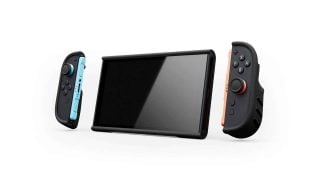Ever since I got my hands on the Game Boy Pocket when I was a kid, I’ve been hooked on handheld gaming. Some of my earliest and fondest gaming memories consisted of playing games like Super Mario Land 2 while waiting for my dad’s car to get an oil change, or partaking in a Pokémon battle in the backseat of my best friend’s car on our way up North on a mini vacation. Just because I wasn’t in front of my TV didn’t mean my gaming adventures had to stop.
Thankfully, Nintendo has consistently delivered generation after generation of portable gaming goodness, from the Game Boy in 1989, all the way to the Nintendo Switch in 2017. While I’m not quite that kid I used to be with endless time and zero responsibilities, I’m still captivated with handheld consoles. So much so, in fact, my favorite hobby is modding original Game Boy hardware with modern IPS LCD screens. There’s something magical about taking old hardware and enhancing it in a way that makes it feel like something brand-new. And that’s just what Nintendo has done with the Switch OLED.
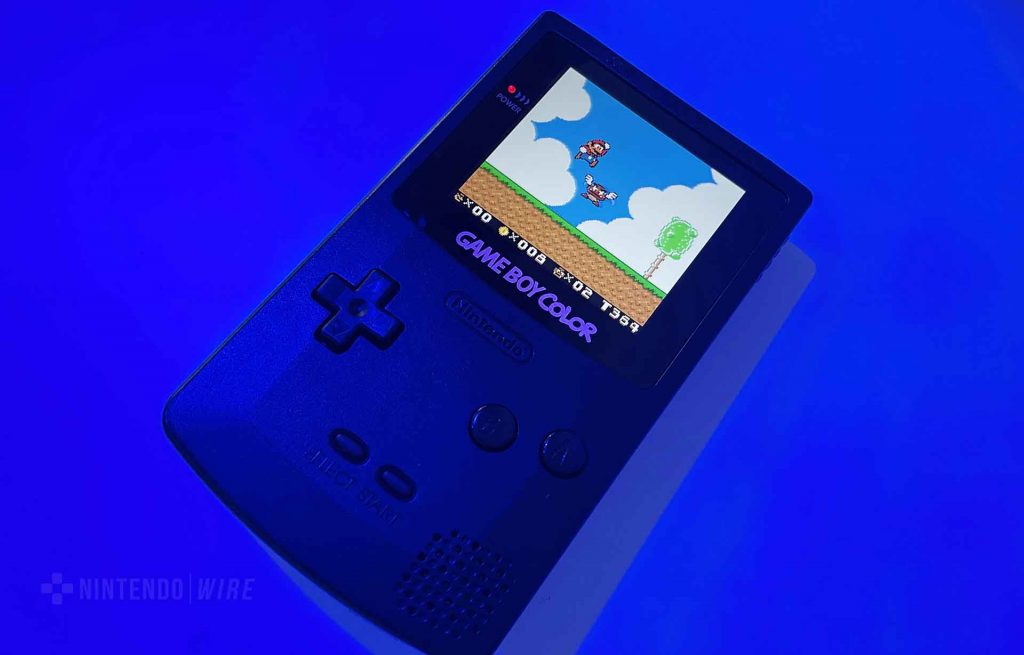
While it doesn’t beef up the horsepower, add 4K support, or even bump the resolution on the 720p handheld display, the Nintendo Switch OLED still manages to feel like something new for fans of handheld mode — but not so much for those who keep it permanently docked.
Obviously, the biggest draw of the Switch OLED is its beautiful new screen. Not only is the screen larger, being bumped up from 6.2 inches on the original model to 7 inches on the OLED, but one of the most stunning enhancements is the lack of bezels. While the original Nintendo Switch didn’t feel even remotely cheap, the OLED’s nearly bezel-less design makes it feel like a significantly more premium package compared to the original.
Honestly, when I first saw the system in advertisements, I wasn’t sold. In fact, I thought the tiny bump in screen size was barely noticeable. However, all of that changed when I actually held one in my hands. Yes, it’s not even an inch bigger than the previous model, but the lack of bezel combined with that small screen size bump really makes the OLED look like something brand-new.
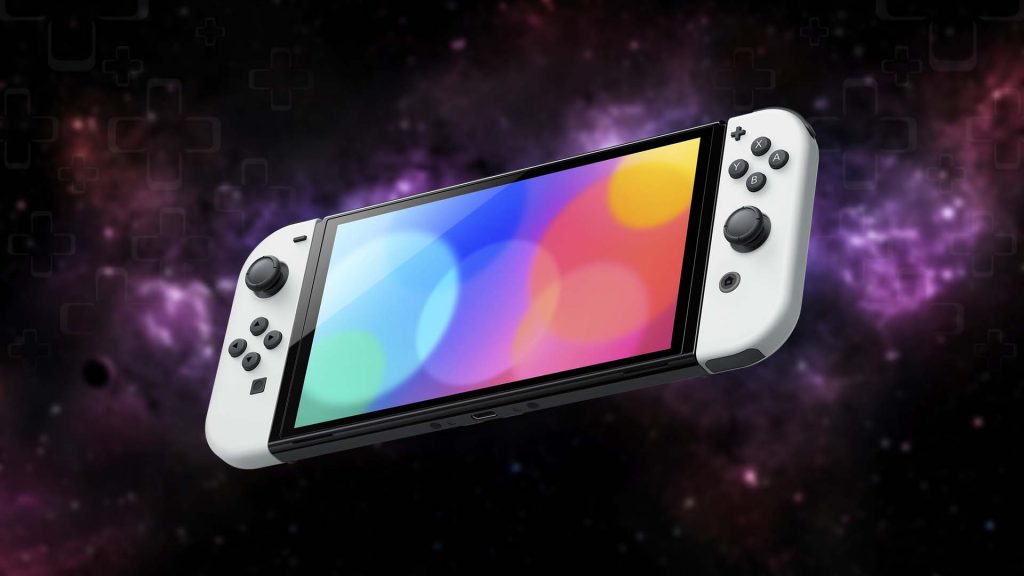
While the added screen real estate is a fantastic edition, the real star of the show is the vibrant OLED screen. For those of you unfamiliar with the magic of OLED technology, rather than rely on a backlight to brighten the screen like with LCD displays, each subpixel of an OLED is independently illuminated, allowing for a more natural distribution of light on the screen, and, more importantly, each pixel can be switched up entirely if not being used. This allows for a truly stunning black level, previously unseen on the Switch. Metroid Dread could be the perfect example of this technology in action, as its dark and brooding atmosphere are perfectly represented on the OLED. Colors are also noticeably more vibrant on the OLED, with extremely colorful games like Super Mario Odyssey benefiting the most from the added contrast. Nintendo even included the option to swap between a Vivid and Standard mode on the OLED, so if you’re not feeling the poppy colors, you can tone things down a bit. While it’s easy for me to try to snap some pics to show you what I mean, it’s almost impossible to show you the true impact of this screen unless you have one in your hands.
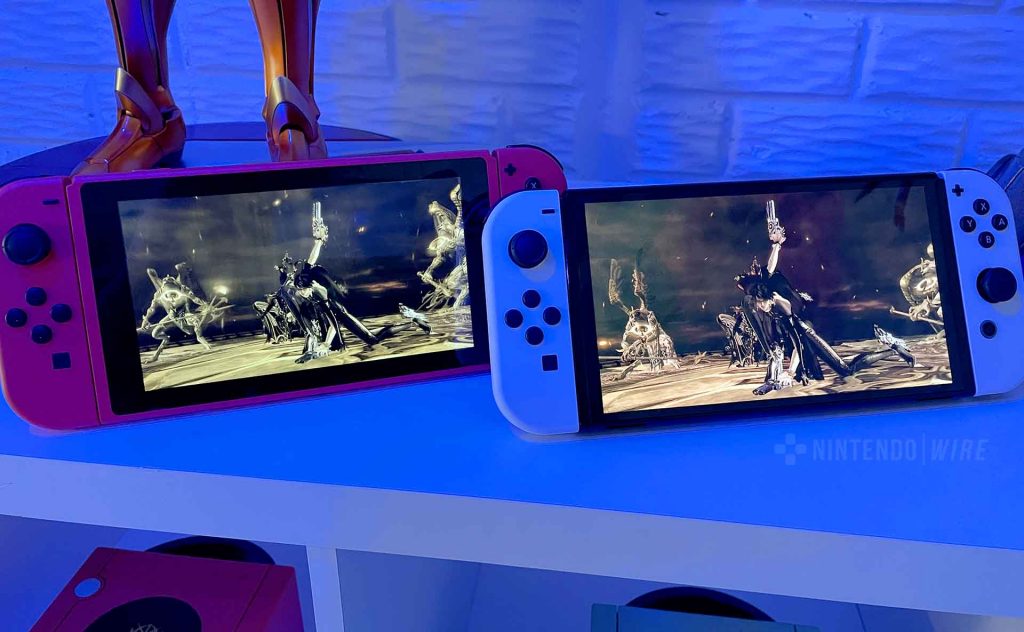
The other obvious improvement on the tablet itself comes from the upgraded and significantly improved kickstand. Nintendo finally removed the absolutely abysmal plastic kickstand and replaced it with larger, more flexible alternative that not only won’t pop off for no apparent reason, but allows for various levels of height adjustment. This added flexibility will surely make your rooftop Switch parties that much more enjoyable!
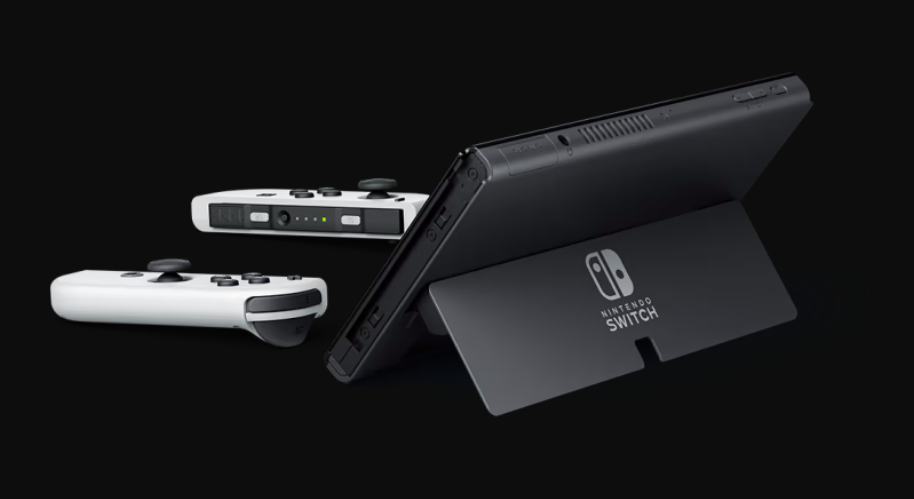
Besides some minimal changes to the consoles buttons and speaker configuration, not a whole lot more has changed on the tablet itself. It still uses the same drift-susceptible Joy-Con and has the same processing power under the hood. But Nintendo did make a few enhancements to the OLED’s dock that online players will appreciate.
The dock itself got a small makeover, opting for more rounded edges compared the original’s blocky look. But besides its stylish new appearance, the new dock also includes an ethernet port for wired LAN. While I personally don’t play a whole lot of online games on the Switch, competitive Smash and Splatoon players will likely love the added stability of a hardwired connection. The Switch OLED is also compatible with the existing dock (and vice versa), so if you’re upgrading your Switch and want to move your old dock to another room, everything will work as intended.
So, is the Switch OLED really worth the upgrade if you own a Switch already? Well, maybe. If you’re anything like me and are primarily using the Switch as a handheld machine, the OLED’s benefits are significantly more apparent. The vibrant colors and inky blacks of the OLED’s beautiful 7 inch screen make the Switch feel new again, and that’s enough for me to justify the upgrade. It truly is the most impressive handheld machine I’ve ever used; however, if you use your Switch primarily in docked mode, there’s little reason to upgrade unless you’re looking for a hardwired internet connection.
Leave a Comment
